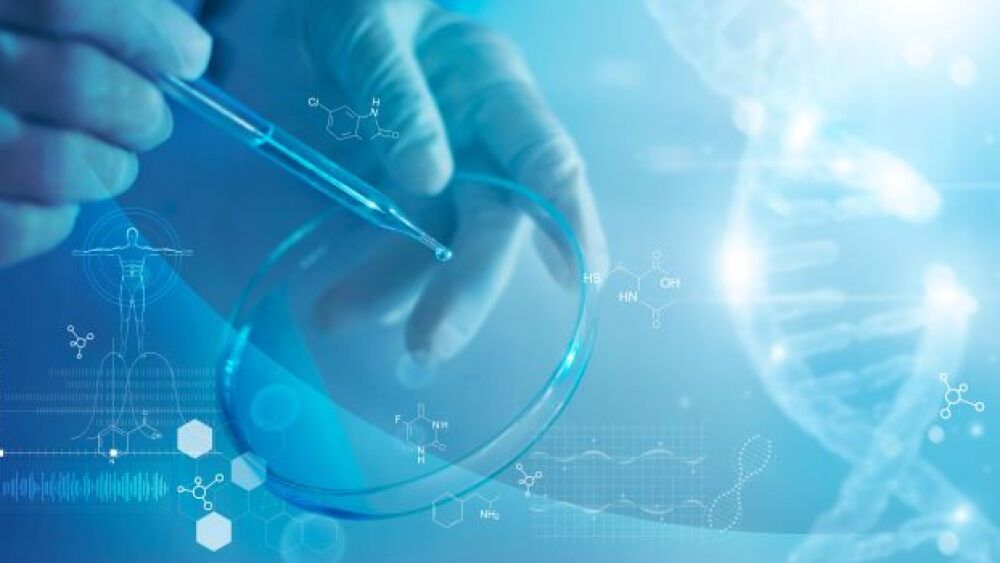The American Society of Gene and Cell Therapy annual meeting continues to see companies showcasing promising therapeutics for multiple disease indications.
The American Society of Gene and Cell Therapy (ASCGT) annual meeting continues to see companies showcasing promising therapeutics for multiple disease indications. As the conference enters its fourth day, BioSpace takes a look at a few of the presentations.
Capsida Biotherapeutics
California-based Capsida showcased its therapeutic approach which the company believes will unlock the potential to treat both rare and common diseases across all ages.
Capsida shared its early generation AAV-engineered pilot programs, as well as results from its capsid engineering platform used to select adeno-associated virus 9 (AAV9)-based vectors for the treatment of diseases of the central nervous system. In his presentation, Capsida Chief Executive Officer Peter Anastasiou said the data demonstrate improved distribution throughout the cortical, subcortical and deep brain regions at low doses via IV administration compared to invasive AAV9 dosing methods.
The company also included an oral presentation dubbed “CAP-001: Systemic AAV Gene Therapy With Next-Generation Capsids for MPS II Disease.” CAP-001 is a novel engineered capsid packaging a human iduronate-2-sulfatase (IDS) transgene. Capsida noted CAP-001 was selected for further characterization as a proof of concept to treat mucopolysaccharidosis type II (MPS II), or Hunter Syndrome, a lysosomal storage disorder.
When administered intravenously, results showed that CAP-001 achieved better biodistribution across the brain than AAV9 through other administered routes. It also provided a “significantly more uniform distribution across all brain areas with a >50-fold improvement in subcortical and deep-brain regions, an area where ICM delivery has proven to poorly distribute.”
Delivery is one of gene therapy’s foremost challenges, and on Wednesday evening, Hari Acharya, Ph.D., associate director, upstream development at Capsida, gave a presentation entitled “Optimization of a Scalable Upstream Process for Novel AAV Capsids”. During this talk, Acharya focused on research Capsida undertook to develop a scalable transient transfection process using HEK293 cells in suspension and scaling to 200L.
Capisda concluded that shaker flasks are a viable method for screening transfection parameters and establishing ranges and that productivity is similar across from shaker flasks to 200L bioreactors. These discoveries should set Capsida up well for future clinical demand.
Instill Bio
Texas-based Instil Bio showed off results of genomic and correlative analyses in a cohort of patients with metastatic melanoma treated with tumor-infiltrating lymphocytes (TIL). In its presentation this week, Instil showed a correlation between tumor response and clonal expansion of TILs.
Additionally, the company noted in its oral abstract that there is an inverse correlation between tumor response and specific T cell populations. Instil said that expression profiling and transcriptional network analysis points to what it called “master regulator” genes that can be manipulated during TIL manufacturing to enhance TIL activity.
“We believe that TILs represent more than a potential therapy for patients, as they are also a platform to understand fundamental T cell biology,” Bronson Crouch, chief executive officer of Instil Bio said in a statement. “We are applying the recent advances in analytical technologies to deeply probe the function of TILs, and expect to generate insights that could be foundational for the development of anti-cancer therapies.”
Adverum Biotechnologies
California-based Adverum presented data that further supports its Phase-II development plans for ADVM-022, a therapeutic candidate for wet age-related macular degeneration (wet AMD). Data presented shows results from non-human primate studies that support the company’s planned 6 X 10^10 vg/eye (6E10) dose expected to be used in its next clinical trial.
Data highlights from the presentation show that the human equivalent dose of 6E10 (3 X 10^10 vg/eye dose in NHP) demonstrated potential therapeutic levels in both aqueous humor and vitreous humor, the company said. Also, Adverum said the administration of the human equivalent dose of 6E10 (3 X 10^10 vg/eye dose in NHP) was well tolerated. No adverse clinical signs were observed during the three-month study, the company added.
“We are highly encouraged by the aflibercept expression levels and tolerability of the human equivalent dose of 6x10^10 vg/eye supported by our data in non-human primates,” Richard Beckman, chief medical officer of Adverum Biotechnologies said in a statement. “As we explore doses of 2x10^11 vg/eye and lower, we are excited by the potential of enhancing the safety profile while building on the robust response that ADVM-022 has demonstrated to date in wet AMD.”
Metagenomi
Bay Area-based Metagenomi presented preclinical data on novel gene-editing systems that have shown extremely high editing efficiency in human primary immune cells and the ability to integrate at multiple, targeted sites. At ASGCT, the company made two presentations.
The first study, “CRISPR-Associated Gene-Editing Systems Discovered in Metagenomic Samples Enable Efficient Genome Engineering in Multiple Primary Immune Cell Types,” showcased Metagenomi’s CRISPR-associated gene editing systems’ ability to edit primary human cells with high efficiency, including T cells, natural killer cells, B cells, hematopoietic stem cells and induced pluripotent stem cells. The company said they reached an editing efficiency of more than 95%.
The second presentation, “Active CRISPR-Associated Transposases from Natural Environments,” showed off a novel family of proprietary CRISPR-associated transposase (CAST) gene-editing systems. CASTs





